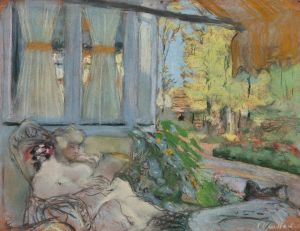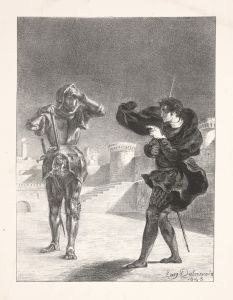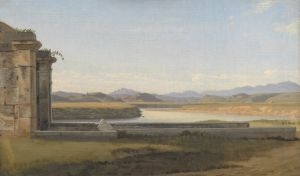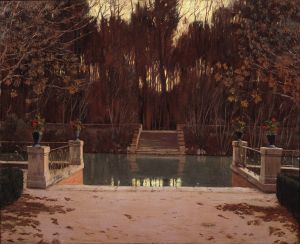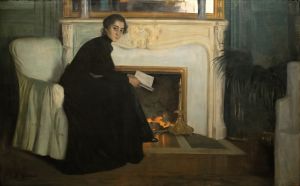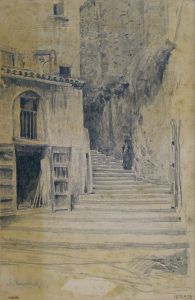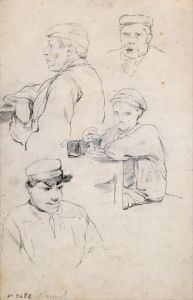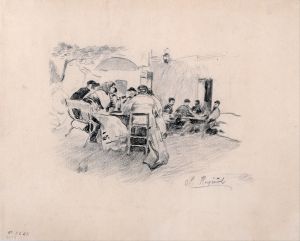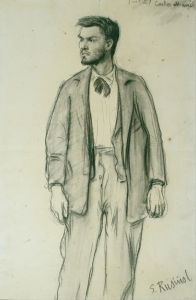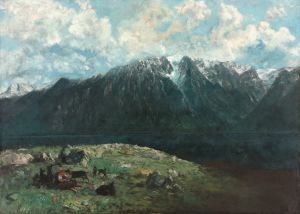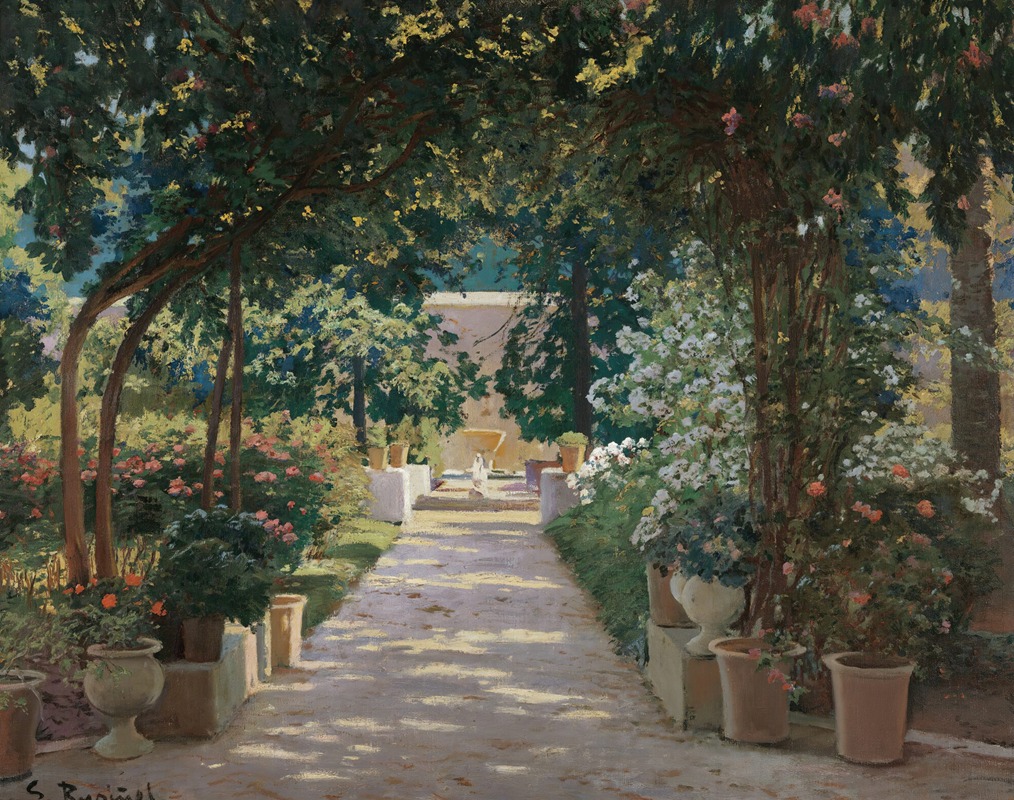
Pati De Játiva
A hand-painted replica of Santiago Rusiñol’s masterpiece Pati De Játiva, meticulously crafted by professional artists to capture the true essence of the original. Each piece is created with museum-quality canvas and rare mineral pigments, carefully painted by experienced artists with delicate brushstrokes and rich, layered colors to perfectly recreate the texture of the original artwork. Unlike machine-printed reproductions, this hand-painted version brings the painting to life, infused with the artist’s emotions and skill in every stroke. Whether for personal collection or home decoration, it instantly elevates the artistic atmosphere of any space.
Santiago Rusiñol was a prominent Spanish painter, playwright, and writer, known for his significant contributions to the Catalan Modernisme movement. Born in Barcelona in 1861, Rusiñol became a leading figure in the cultural and artistic circles of his time. His work often explored themes of nature, light, and the interplay between architecture and the natural world, reflecting his deep appreciation for the beauty of his surroundings.
"Pati De Játiva" is one of Rusiñol's notable paintings, capturing the essence of a courtyard in the town of Játiva (Xàtiva), located in the province of Valencia, Spain. This painting exemplifies Rusiñol's fascination with gardens and courtyards, which were recurrent subjects in his artistic oeuvre. The painting is characterized by its vivid depiction of light and shadow, a hallmark of Rusiñol's style, which he used to create a sense of tranquility and harmony.
Rusiñol's interest in courtyards and gardens was not merely aesthetic; it was also philosophical. He viewed these spaces as sanctuaries of peace and reflection, away from the hustle and bustle of urban life. This perspective is evident in "Pati De Játiva," where the serene atmosphere invites viewers to pause and contemplate. The painting captures the intricate details of the courtyard's architecture, the play of sunlight on the walls, and the lush greenery that envelops the space.
The composition of "Pati De Játiva" reflects Rusiñol's mastery in balancing architectural elements with natural ones. The painting's perspective draws the viewer's eye into the depth of the courtyard, creating an immersive experience. The use of light is particularly striking, as Rusiñol skillfully contrasts the bright, sunlit areas with the cooler, shaded parts of the courtyard, enhancing the three-dimensionality of the scene.
Rusiñol's work was deeply influenced by his travels across Spain and Europe, where he was exposed to various artistic styles and movements. His time in Paris, in particular, introduced him to Impressionism, which left a lasting impact on his approach to painting. This influence is evident in "Pati De Játiva," where the loose brushwork and emphasis on capturing the fleeting effects of light are reminiscent of Impressionist techniques.
Throughout his career, Rusiñol was a prolific artist, producing numerous paintings, writings, and plays. He was a central figure in the Catalan cultural renaissance of the late 19th and early 20th centuries, advocating for the integration of modern artistic ideas with traditional Catalan culture. His work, including "Pati De Játiva," continues to be celebrated for its beauty, technical skill, and the way it encapsulates the spirit of its time.
Today, Santiago Rusiñol's paintings are held in high regard and can be found in various museums and private collections. "Pati De Játiva" remains a testament to his ability to capture the serene beauty of everyday spaces, inviting viewers to appreciate the quiet elegance of a simple courtyard. Through his art, Rusiñol has left an enduring legacy that continues to inspire and captivate audiences around the world.






